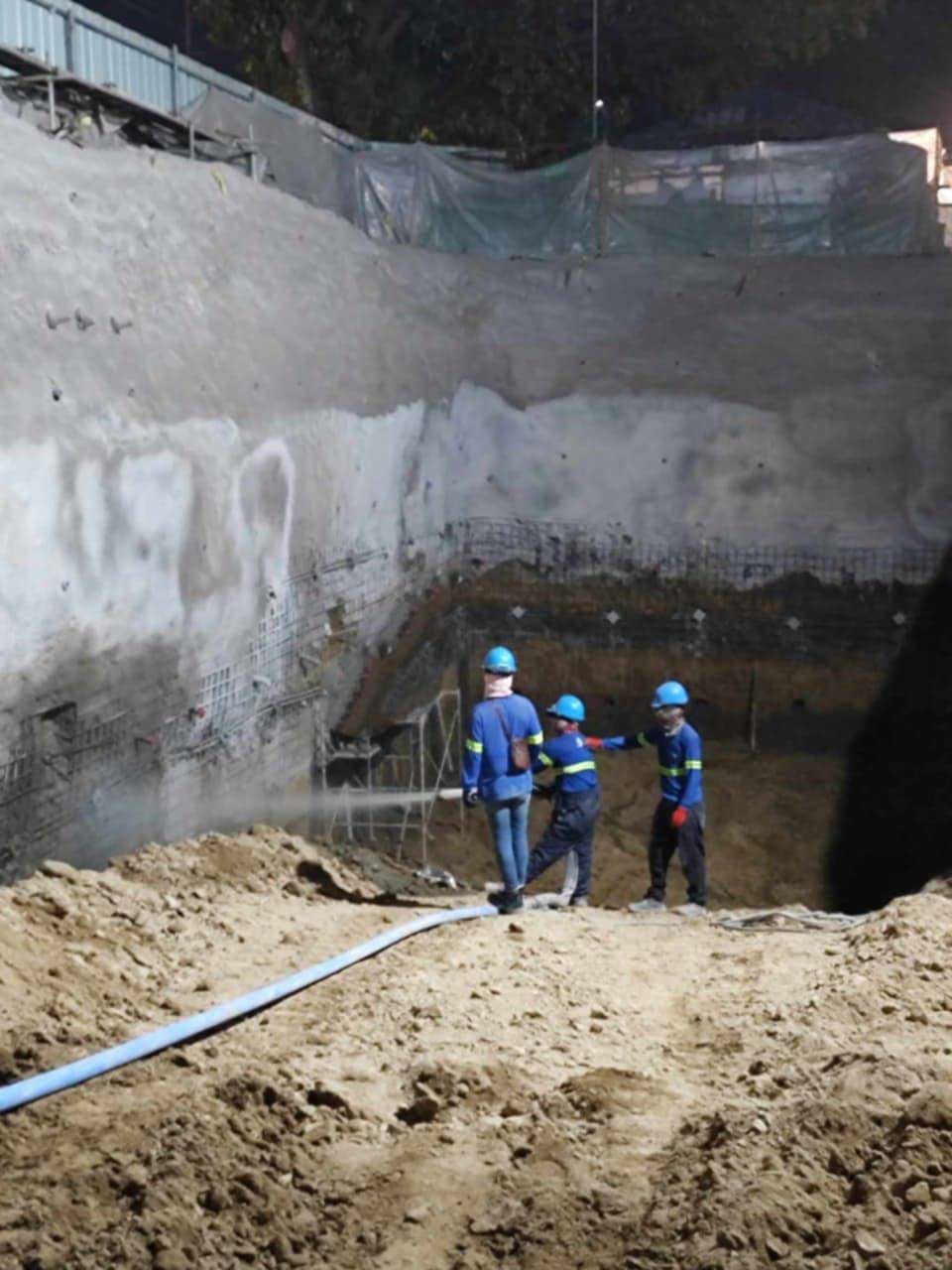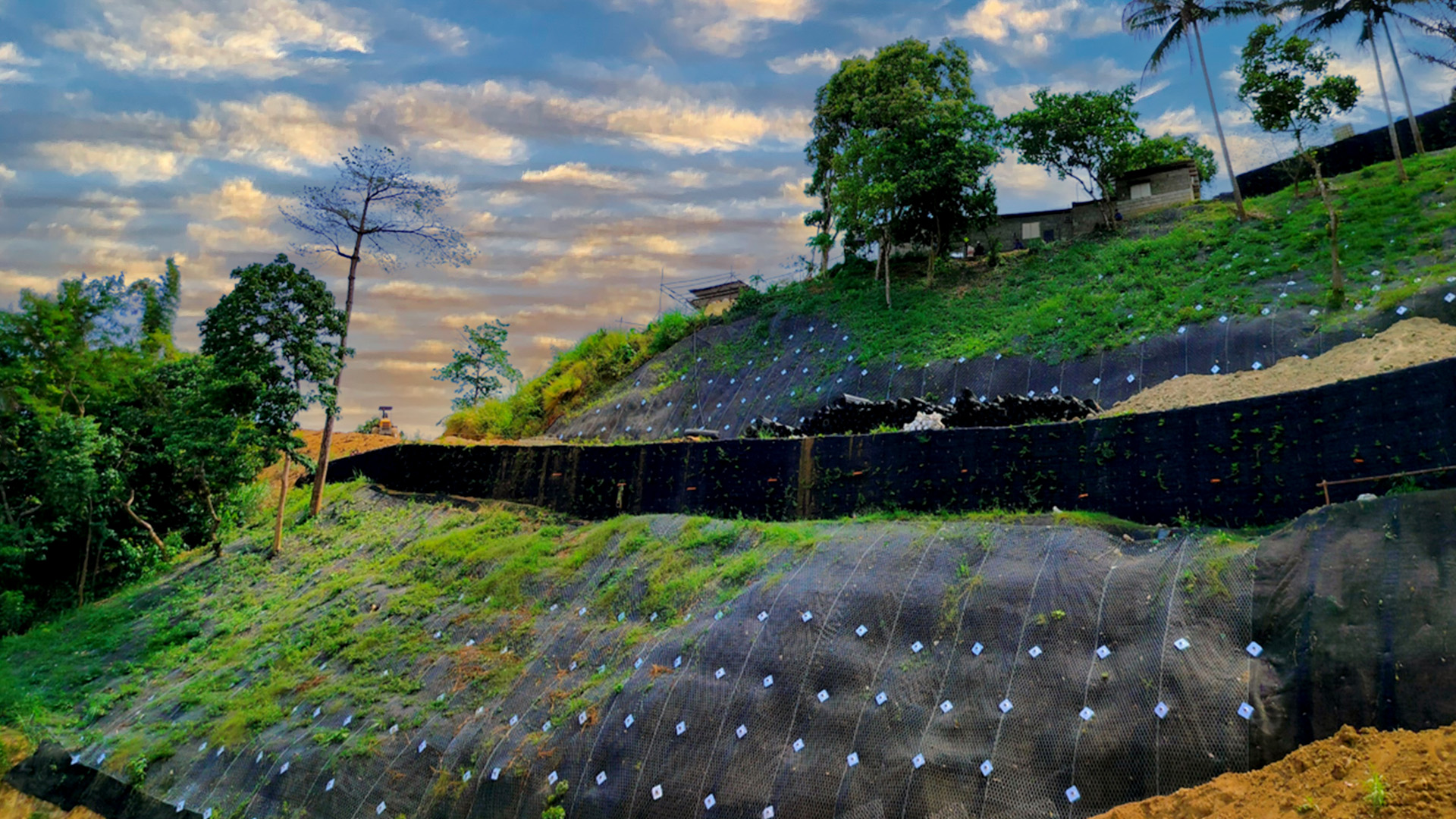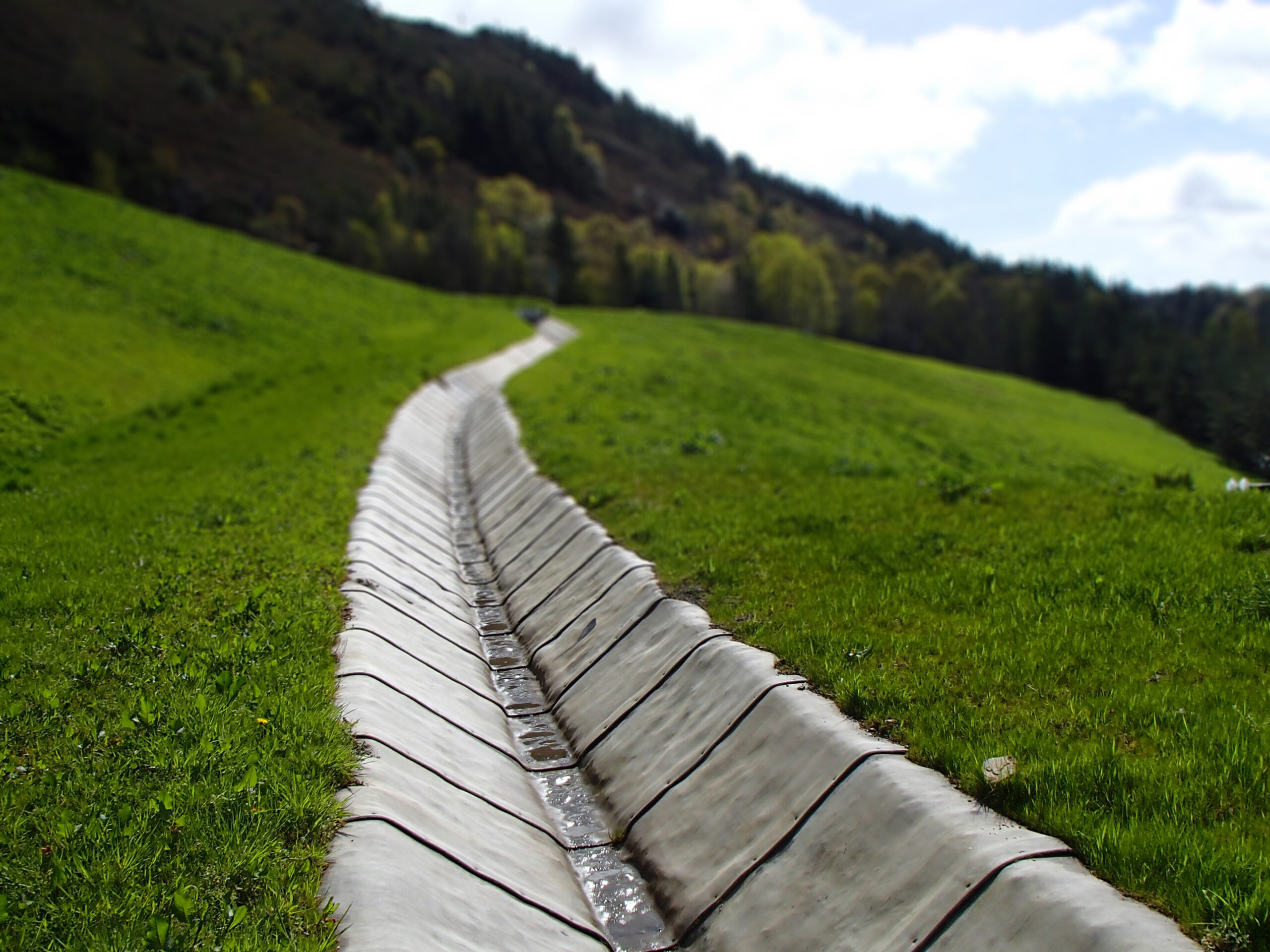Geosynthetic Reinforced Soils (GRS): Revolutionizing Earth Structures and Infrastructure
What are Geosynthetic Reinforced Soils (GRS)
Geosynthetic Reinforced Soils (GRS) are composite materials used in civil engineering projects where geosynthetics enhance soil stability and strength. GRS typically involves layering geosynthetic materials, specifically geogrids, within the soil mass to reinforce the compacted soil layers. The goal is to provide added strength and control over soil movement, particularly in structures like retaining walls, embankments, and roadways. By using these materials, engineers can improve load-bearing capacity, increase the durability of structures, and reduce the overall construction cost.
History of Geosynthetic Reinforced Soils (GRS)
Concrete Canvas was developed in 2004 by engineering graduates from the University of Cambridge, UK. Initially conceived as a rapid-deployable shelter for military applications, it quickly gained recognition for its broader potential in civil engineering and construction. Since its commercialization, Concrete Canvas has been used worldwide in diverse projects, proving its versatility and effectiveness. As the official distributors in the Philippines, PGATECH Group has been at the forefront of introducing and implementing this innovative product in the local market.
In the 1980s and 1990s, the use of geosynthetics became more widespread, with a focus on improving the efficiency and stability of soil-based structures. Over the years, testing and trials across different regions demonstrated the ability of GRS to provide better control over soil behavior, ultimately positioning it as a more reliable and affordable alternative to traditional soil stabilization methods.
What is the Mechanism of Geosynthetic Reinforced Soils (GRS)
The mechanism behind GRS lies in the interaction between the geosynthetic material and the surrounding soil. The geogrids act as a reinforcing agent, resisting tensile forces within the soil, which helps to prevent excessive deformations and ultimate shear failure from sustained or seismic loads. This reinforcement effectively reduces the chances of soil shifting, slumping, or other settlement forms, making the overall structure more stable.
The primary mechanisms at play include:
- Load Distribution: The geosynthetic material helps distribute the tensile forces over a larger area, reducing stress concentration and preventing soil failure.
- Tensile Reinforcement: The geosynthetic material provides additional tensile strength, improving the soil’s overall ability to resist forces like shear and compression.
- Soil Encapsulation: The geogrid layers tend to hold the soil together, preventing internal erosion, separation, and degradation over time.
- Frictional Interaction: The friction between the geosynthetic material and the soil enhances stability and prevents movement under external loads.
Advantages of Geosynthetic Reinforced Soils (GRS)
GRS offers several significant advantages that make it a preferred choice in construction and civil engineering applications:
- Cost-Effectiveness: GRS can reduce overall construction costs by minimizing the need for traditional, more expensive soil reinforcement such as steel strips.
- Increased Stability: By reinforcing soil with geogrids, structures such as retaining walls and embankments achieve more excellent stability and longevity, especially with the more distributed loads carried by uniaxial geogrids.
- Durability and Longevity: Geosynthetic materials are designed to withstand harsh environmental conditions, ensuring that GRS systems last longer with minimal maintenance. The material does not undergo corrosion and is UV-stabilized.
- Speed of Construction: Using geosynthetics allows for faster installation than traditional methods, speeding up the overall construction timeline.
- Environmental Benefits: Geosynthetics help reduce the environmental impact by using locally available soil and reducing the need for importing large amounts of granular materials, such as gravel and stone.
- Adaptability to Various Soil Conditions: GRS is versatile and can be used in varying soil types, including weak, soft, and compressible soils, as determined from laboratory tests.
Where are Geosynthetic Reinforced Soils Most Applicable
GRS is most commonly applied in a wide range of construction and civil engineering projects where soil stabilization is essential. Some of the key applications include:
- Retaining Walls: GRS is commonly used to construct cost-effective and durable retaining walls that prevent soil erosion and ensure the stability of sloped terrains.
- Embankments: In roadways, railways, and highways, GRS is utilized to reinforce embankments and reduce total settlement over time.
- Bridge Abutments: GRS helps stabilize bridge abutments, providing a solid, and ductile foundation for the bridge structure.
- Landslide Stabilization: GRS can be used to stabilize hillsides prone to landslides, providing long-term solutions for slope stabilization.
- Road Construction: GRS applications can improve the bearing capacity of roads, reducing the need for expensive subgrade material replacement and improving the longevity of the infrastructure.
- Landfills and Waste Containment: Geosynthetics help prevent soil erosion and ensure the stability of landfills and waste containment areas.
Geosynthetic Reinforced Soils (GRS) in the Philippines
In the Philippines, where a significant portion of the infrastructure is located in areas prone to natural disasters such as typhoons, flooding, and earthquakes, GRS technology, along with its ductility, presents a viable and sustainable solution for improving ground stability. Its ability to enhance soil stability while remaining cost-effective and environmentally friendly makes it an attractive option for large-scale infrastructure projects, particularly in regions where soil conditions can be challenging.
GRS is also a powerful tool in addressing the country’s infrastructure development needs, especially in areas with limited resources. By incorporating GRS systems in the design and construction of retaining walls, embankments, and roadways, the Philippines can improve the safety and durability of its infrastructure while reducing overall construction costs. As the technology continues to evolve, GRS is poised to become an essential part of modern civil engineering solutions, helping to build more substantial, more resilient structures for the future. And PGATech is at the forefront of implementing GRS technology with its decades of experience in using this technique locally, across the archipelago.




